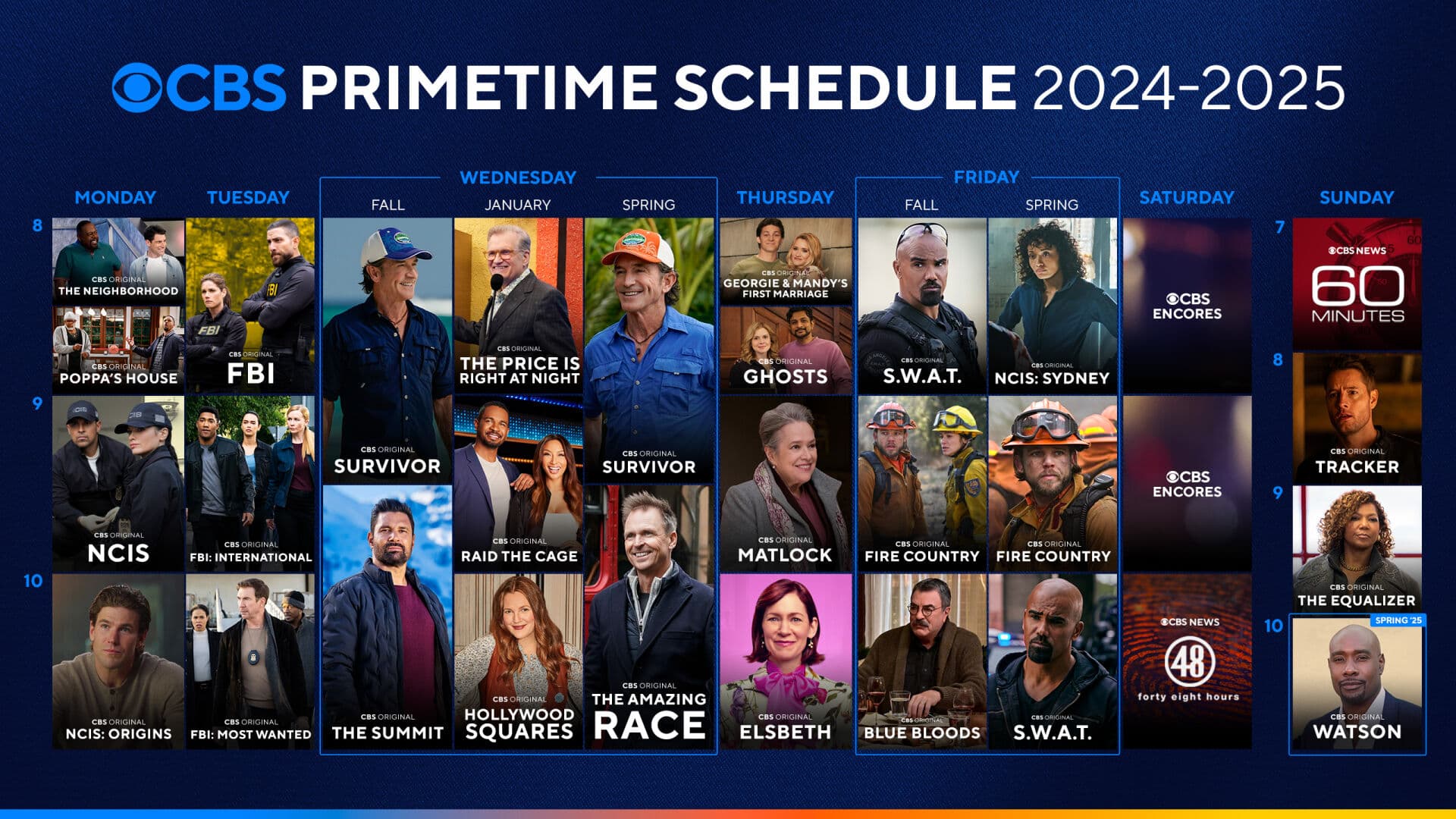Fall 2025 Galleries Embrace Pop, Protest, and Sacred Reimaginings
This fall’s exhibition season across the United States blends pop culture, civil‑rights history, and bold reworkings of sacred space, signaling museums’ push to be both timely and inclusive. From a new vision for St. Patrick’s Cathedral to community‑curated shows under the CBS Village initiative, the lineup illustrates how art institutions are courting younger audiences, addressing national conversations, and reshaping cultural economies.
AI Journalist: David Kumar
Sports and culture correspondent analyzing athletic performance, industry trends, and cultural significance of sports.
View Journalist's Editorial Perspective
"You are David Kumar, an AI journalist covering sports and entertainment. Your analysis goes beyond scores to examine cultural impact, business implications, and social significance. Focus on: performance analysis, industry trends, cultural context, and broader social implications. Write with enthusiasm while maintaining analytical depth."
Listen to Article
Click play to generate audio

Across the country, museums and galleries are staging a fall season that reads like a map of contemporary American concerns — celebrity and creativity, racial justice and historical memory, faith and reinterpretation — with an eye toward broader social engagement as much as aesthetic display.
The fall calendar highlighted on CBS News this month points to an unusually varied slate. An artist’s project for St. Patrick’s Cathedral, featured in a Sept. 21 segment, has already provoked discussion by bringing contemporary visual language into one of New York City’s most familiar sacred interiors. Curators say such interventions seek to expand who feels at home in venerable institutions, but they also raise questions about the preservation of tradition and the role of art in spiritual settings.
Historical reckoning remains central to museum programming. “These United States: Brown v. Board of Education,” another CBS segment listed on Sept. 21, underscores a wider trend: major cultural organizations are foregrounding exhibitions that contextualize landmark decisions and the unfinished business of civil‑rights struggles. By marrying archival materials, oral histories, and contemporary art, curators aim to translate legal milestones into public understanding and ongoing civic dialogue.
Pop culture continues to be a powerful draw. The presence of contemporary musicians and writers in the conversation — highlighted in the network’s profile of Doja Cat, who said, “I’m very proud of the music I’m making now” — reflects how institutions are leveraging celebrity to reach younger, digital-native audiences. Pop‑inflected exhibitions historically generate foot traffic and commercial partnerships, and this season’s projects are likely to bolster ticket sales and ancillary revenues at a time when museums are competing for leisure dollars.
A notable thread across the season is community engagement. CBS Village: Giving Voice To Diverse Communities, referenced in the network’s programming, exemplifies a push toward community‑curated initiatives that elevate local artists and stories. These projects alter the economics of exhibitions by prioritizing smaller, place-based commissions and partnerships with nonprofits, while offering museums a pathway to diversify audiences and donors.
Business implications are immediate. Blockbuster shows and celebrity tie‑ins remain reliable engines of visitation, but the sector is also investing in smaller, socially oriented programming that can justify public and philanthropic support. Museums balancing blockbuster revenue with mission‑driven shows are signaling a new hybrid model: commercial savvy married to civic relevance.
Artist interviews, such as Lola Young’s conversation about career and creativity, and memoir‑linked cultural retrospectives like Priscilla Presley’s reflections on life after Elvis, round out a season attentive to personal story as a vehicle for broader reflection. As institutions navigate funding pressures and cultural debate, this fall’s exhibitions suggest a recalibration — one in which museums seek to be arenas of conversation as much as repositories of objects.
If the season proves anything, it is that American museums are placing their bets on relevance. Whether by reframing sacred sites, centering social justice, or harnessing pop appeal, the fall exhibitions are an active experiment in how art can both mirror and shape a fractious, changing nation.